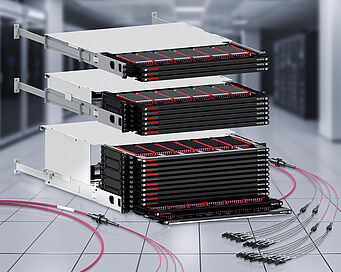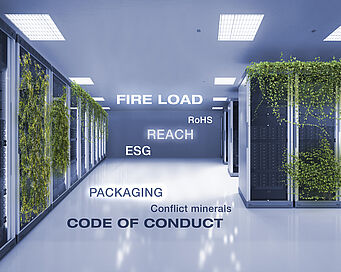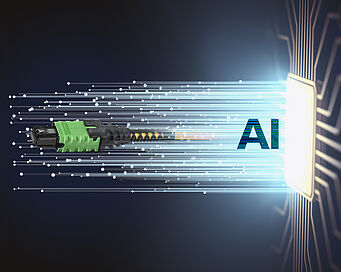We are happy to have invited Jörg Hesselink from DC Smarter to present an AI solution for the data center. So our topic is data center operations. How to optimize the handling of the data center infrastructure. And so the question goes to Jörg. Jörg. Why AI?
Jörg Hesselink: Thank you very much, Matthias. So a very good question. What we always say is AI for the right reasons.
So I personally come from a corporate background. I used to be in charge of IT and telecom operations, and one of the challenges we kept seeing was how to take control of asset management. So basically it's about knowing what you have and exactly where. And AI can do a huge amount of work here. And why? Because we train images. So we are able to scan racks within minutes, which normally takes hours.
Impressive. Thank you for this insight and the argumentation. And now the technology. You use augmented reality. And you use these fancy glasses. Can you briefly explain how that works?
Jörg Hesselink: Yeah. So first of all, let me maybe explain to you why we're doing this. For us, it's the combination of AI and mixed reality that can do a fantastic job. So I act as an accelerator and turbocharger. We are able to quickly recognize what we see in front of us. But AI with digital twins can help improve operational excellence. So basically, we're literally projecting digital information into the engineer's eyes, and we're doing that with the help of so-called mixed reality glasses, and I have one here with me. So this is the latest generation.
That looks fantastic.
Jörg Hesselink: It looks like yours, right? So these are mixed reality glasses from a company called XREAL. We don't make hardware. We build software on top of it. And when I put the glasses on, I can basically see what you see. But in addition to that, I get the digital information projected into the glasses. You may have heard of glasses like Microsoft HoloLens 2. Apple also recently released the Vision Pro. The problem with these devices is that they are too big, too heavy and cost €4,000. This device costs €690.
And you get motion sickness, I've heard.
Jörg Hesselink: Not really. Because with these glasses, it's what we call augmented reality. These are real glasses. So you look through them, and because you always have a connection to the real world, you don't get seasick. Motion sickness is normally a phenomenon that you get when you're in virtual reality. So you are completely out of the real world. So in this case, we have the real world, and we are also projecting digital information into our eyes. And the best way to explain this is to think of the car and the head-up display.
We send instructions, navigation instructions, how to do your job, and that helps to improve overall productivity.
Sounds really impressive. So you're a kind of navigator through the data center infrastructure.
Jörg Hesselink: Yes, so we help the engineers. It's a tool for the service engineer. And as we are facing staff shortages everywhere, people will have less time and we will have less qualified engineers. So we need to do something about that.



